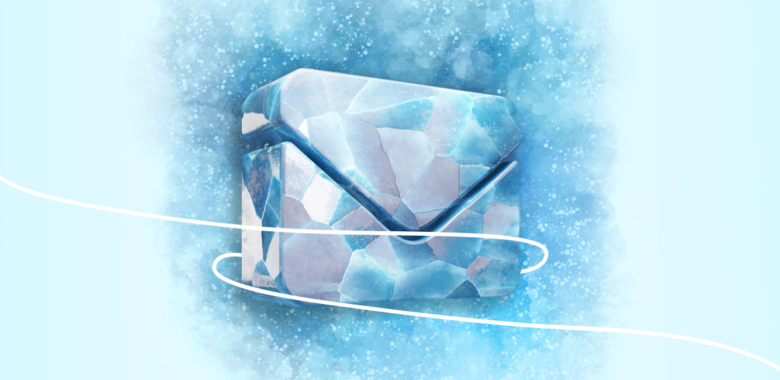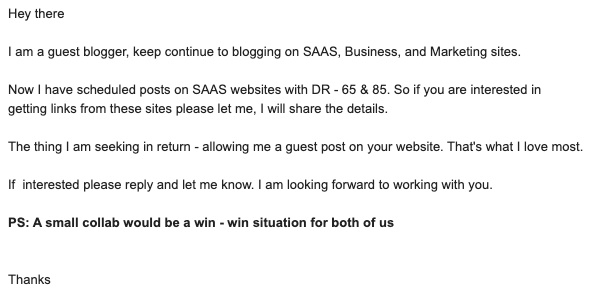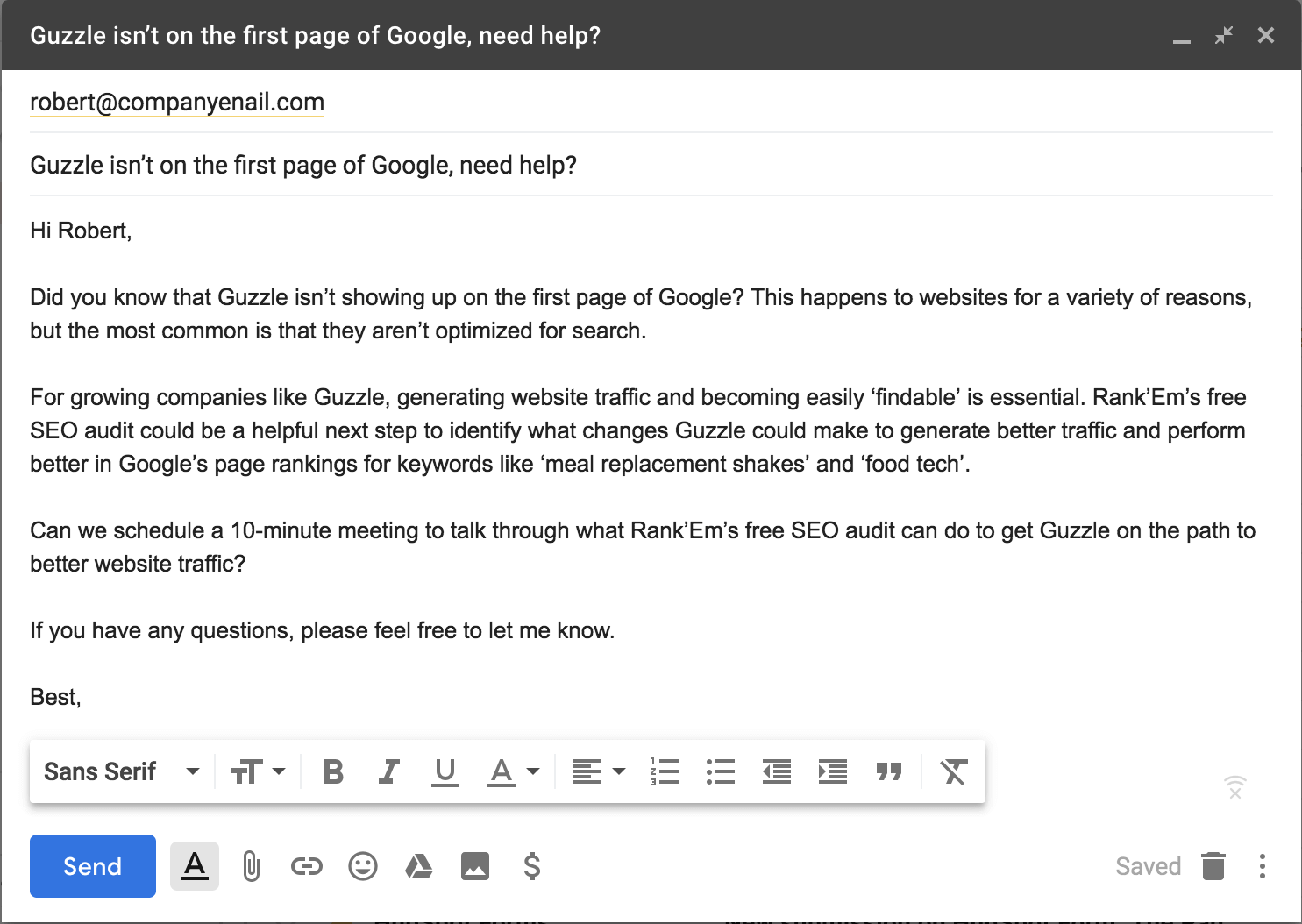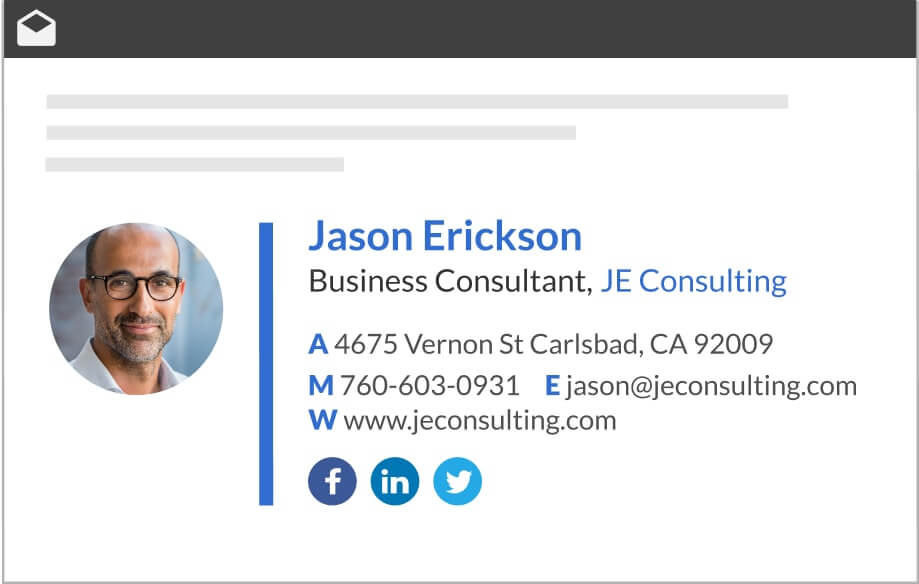How to use a cold email template effectively
In our recent blog post on how to write a cold email, we’ve highlighted the basics of cold emailing and the key principles of an effective message. We’ve also mentioned that it is not recommended to use templates when creating emails, and one should try to make every message personalized. And now we’re writing an article about cold email templates –– quite illogical, huh? Let us explain ourselves.
Templates can become a great starting point for your cold email. But sending 100% templated messages is never a good idea: they look like impersonal mass-mailings and are likely to end up in spam. On the other hand, sending 100% personalized emails can be inefficient and time-prohibitive.
To reach the best results, never copy a template and send it as is. Use a cold email template as a skeleton for a future message. Adapt the message to fit the tone and style of the sender: it will save you from the embarrassing mistake of sending the same email as a competitor. Take the template and flesh it out to create a unique offer for your prospect –– that will help you to stand out from the dozens of other cold emails they receive daily.
There are several rules to follow when using cold email templates –– we observed them in our previous article, so let’s just go through them briefly.
Use templates as an inspiration
What works for other businesses may not work for yours. If you read an article like “This Cold Email Template Has Brought Me $10M Client in Two Days”, you might be tempted to copy this template and start sending it to your prospects. But the results may disappoint you. Sure, the template played a role in this deal, but so did the industry, the product, the price point, the location, and dozens of other factors.
Here comes the most crucial point: templates should become your inspiration, not a rigid rule to follow. Get inspired by a nice template, but don’t forget to adapt it to your needs.
Make it relevant to the recipient
Before sending a cold email template, do some research. Spend several hours reading about your prospects, to make the email relevant and personalized. Using facts about your receivers, you can make dozens of different offers from a single template.

























